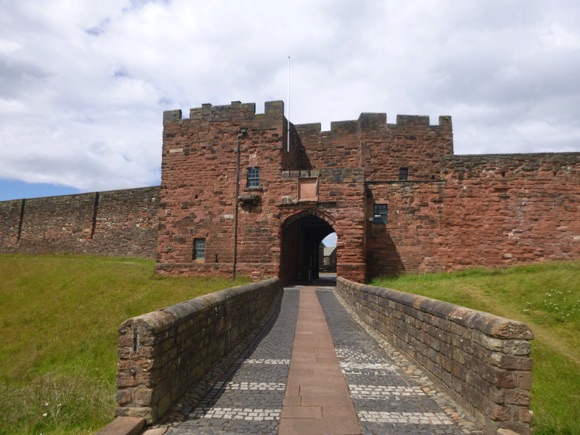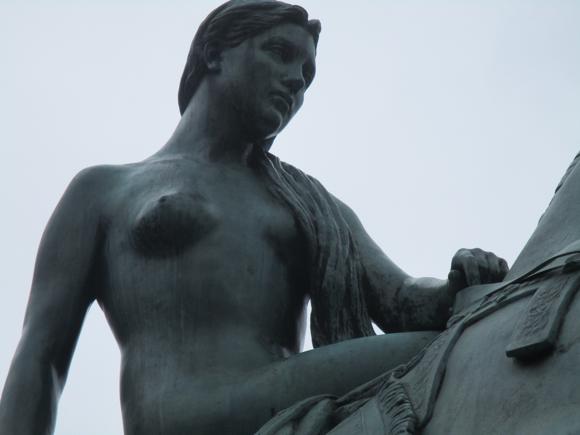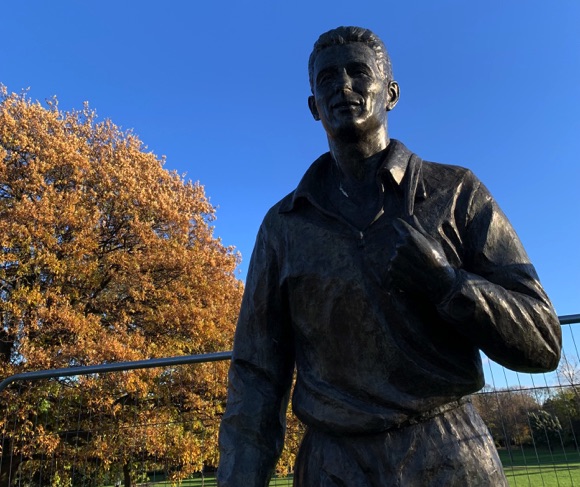Teams, tales and tips – a guide to the local game
Nottingham is a town of football firsts. Facing each other on opposite banks of the River Trent, Notts County and Nottingham Forest are the oldest and third-oldest professional clubs in the world.
Other historic landmarks include hosting the first football match to use crossbars and goalnets, at Forest’s first pitch, the Town Ground, and the first shinpads, worn by Forest’s England international centre-forward Sam Weller Widdowson, adapting his cricket pads in 1874.

The cross-city derby may date back to 1866 but the the differing fates of each club since the early 1900s has meant that league meetings have been a relative rarity in modern times. While Notts County, formed in 1862, haven’t been a regular fixture in England’s top flight since World War I, Forest, founded three years later, have twice won the European Cup.
The manager behind this success, Brian Clough, had left Derby a year or so before arriving at Forest’s City Ground. Leading both clubs to a league title in the 1970s, he helped create a bigger local rivalry that exists to this day. After Clough’s death in 2004, the road linking the two cities was named after him, league games between the two clubs also deciding the Brian Clough Trophy.
After 2008, these became Championship fixtures, Forest and Derby battling to regain a place in the Premier League. Shortly before the Premier League was created in 1992, Notts County were relegated after a single season in the top flight. The Magpies dropped out of the Football League altogether in 2019. Forest, meanwhile, are on the up, having achieved unexpected promotion in 2022.

Back in the 1800s, it was County who had had the head start and held the upper hand. First based at Nottingham Castle then Trent Bridge cricket ground – next door to Forest’s current home of the City Ground – Notts County were founding members of the Football League in 1888.
The first lower-division club to win the FA Cup, in 1894, County have never won a major honour since and have only spent seven seasons in the top flight since World War I. The most successful period came under legendary manager Jimmy Sirrel, whose motivated players pushed County through four divisions, promotion in 1981 giving the club a first spell in the top flight since 1926. Today Sirrel has a stand named after him at County’s long-term home of Meadow Lane, and a statue outside it.

Other highlights, though, have been few and far between. Two wins over Forest in 1949-50 helped County towards the Third Division South title, and a higher rung up the league ladder than their city rivals for what would be the last time. Charlie Palmer’s late winning goal for County over Forest in 1994 bookended the last league clash between the two. A League Cup game in 2011 went to the wire, a Wes Morgan equaliser in stoppage time of extra-time saving the day for Forest, who won the penalty shoot-out.
The Clough era ending with two League Cups and relegation from the newly established Premier League, Forest haven’t played in the top flight this century.
Like Sirrel, Clough was honoured with a statue, this one in Nottingham city centre, the 5,000-plus witnesses to its unveiling a reminder of how high Forest climbed to win the European Cup – and how long ago.
Also twice winners of Europe’s premier trophy, Juventus provide another reminder of Nottingham’s lasting legacy to the game, their iconic black-and-white striped shirts dispatched to Turin in 1903 after it was discovered that the Italian club’s original pink ones were fading in the wash.
Getting Around
Arriving in town, local transport and timings
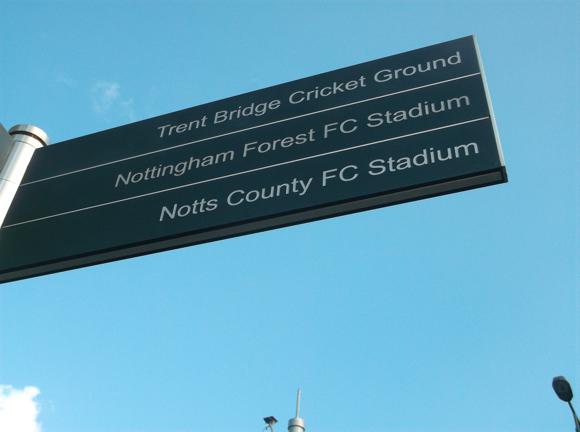
East Midlands Airport is 24km (15 miles) south-west of Nottingham. TrentBarton Skylink bus 247 runs every 30mins-1hr to Nottingham train station and Friar Lane (£6.70 from the driver, journey time 40mins), stopping at Trent Bridge, handy for both grounds. Airport-recommended Arrow Cars quote £35 to Nottingham city centre. Local Nottingham Cars (0115 9 700 700) quote £27.
A direct train from London St Pancras (£20-£25 single online, off-peak return £60) takes 1hr 45mins, Manchester around the same, but with a £23 day return on certain services online. Adding a Nottingham PlusBus (£5) ticket allows you all day bus travel here.
Nottingham city centre is a short walk from the train and bus stations. The County and Forest grounds are in the opposite direction, a 15min stroll following the river, Meadow Lane closer.
City transport consists of buses and two tramlines. Exact change is required on bus, no change given. Paying contactless, a single is £2.30, 2+ journeys capped at £4.20/day. From machines at stops, a single on the tram is £2.40, a short hop £1 and a Robin Hood day pass (£4.80) is valid for both tram and bus.
Where to Drink
The best pubs and bars for football fans

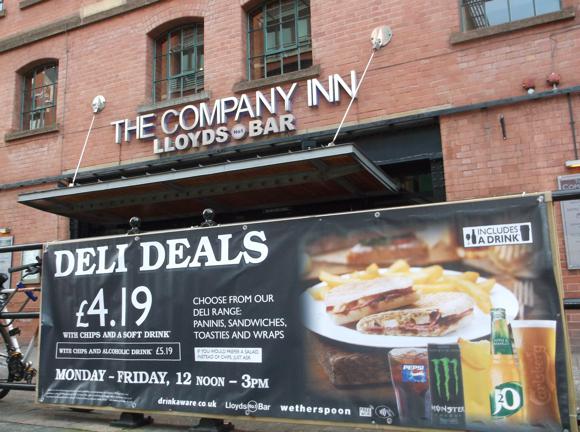






Student-swamped Nottingham is full of pubs and bars, from age-old taverns to modern chains. Right on the drinking hub of Friar Lane, the Southbank offers the same winning recipe of comprehensive TV sport, live music, varied beers and quality bar food as its popular sister venue by Trent Bridge – which sadly had to close in 2020. Across the street, the Nottingham Bierkeller is all screens, Steins and sausages, incorporating Shooters sports bar..
On main Market Square alongside, The Joseph Else features an industrial frieze created by the namesake pre-war artist while The Company Inn has historic links to the canal it overlooks. Lloyds No.1 on Carlton Street occupies a high-ceilinged bank building dating back to 1674. All are Wetherspoons venues.
Back near the Market Square Loxley, the former Major Oak on Victoria Street, is big on local beers and TV sport, its name taken from the days of Robin Hood and his merry men.





Around Theatre Square, Route One on Foman Street gets right down to business with screens everywhere, including at individual tables, drinks deals and 2am closing at weekends. The other side of the square on Goldsmith Street, the Horn in Hand is similarly focused – book a table on its website for specific matches.
Of the traditional pubs, Ye Olde Trip To Jerusalem, built into the same rock as Nottingham Castle alongside, dates from 1189, making it England’s oldest inn. Labyrinthine cellars attract tourists, happy to find a seat by the open fire or in the courtyard once above ground.
There’s no TV sport, though, which you’ll find for major events at Fellows, Morton & Clayton, a historic waterside establishment created from the offices of Nottingham’s most famous canal transportation company. Fine ales, food and wines are the order of the day. Another lively crowd gathers at nearby Via Fossa, its huge terrace busy in summer, rugby preferred to football unless there’s a big tournament on.
Where to stay
The best hotels for the grounds and around town

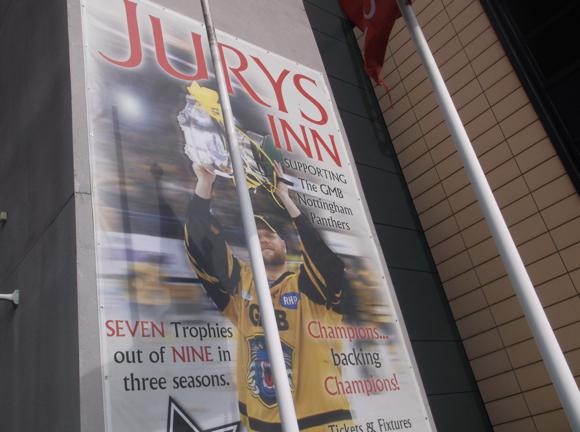






Visit Nottinghamshire has a database of local accommodation. On Radcliffe Road, close to the City Ground, River Rooms is a comfortable three-star for short- and long-term stays. Rates are more than affordable but there’s a hefty deposit to be paid in case of any damage.
By the train station, the recently reconverted Bentinck combines convenience with comfort, bar and brasserie matching the lodgings on offer. Nearby, the stylish Jurys Inn has 264 rooms, an in-house bar and restaurant, another good choice for comfort and convenience.
Most other UK-wide chains are in town, including an affordable ibis and Mercure right in the heart of things near Lace Market tram stop.
By Theatre Square, the Crowne Plaza Nottingham offers a heated pool, sauna and gym while the four-star Park Plaza on Maid Marian Way is handy for Nottingham Castle. Even closer to the Robin Hood statue, the more individual St James Hotel comprises boutiquey rooms and a top cocktail bar.


















